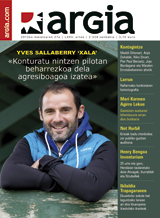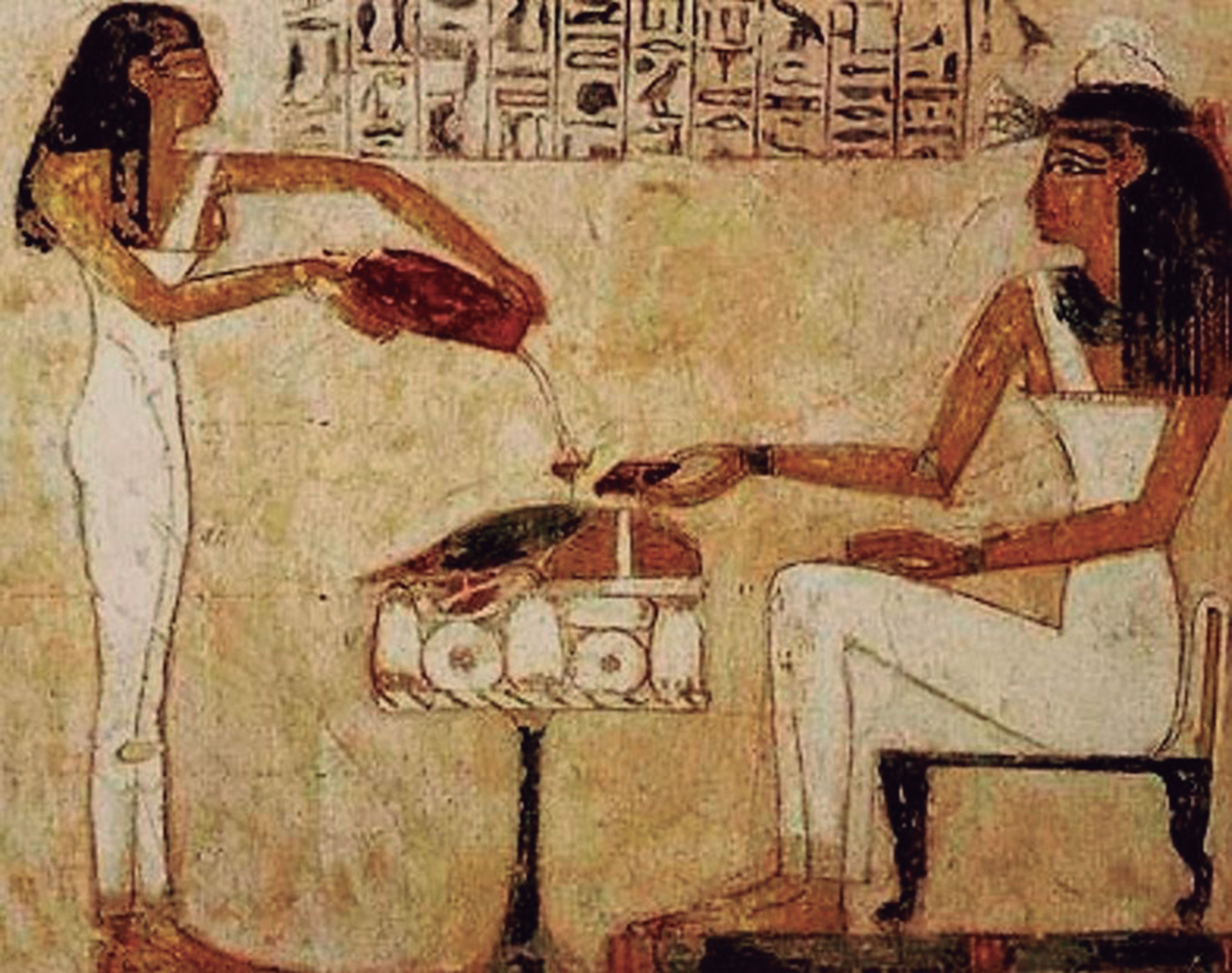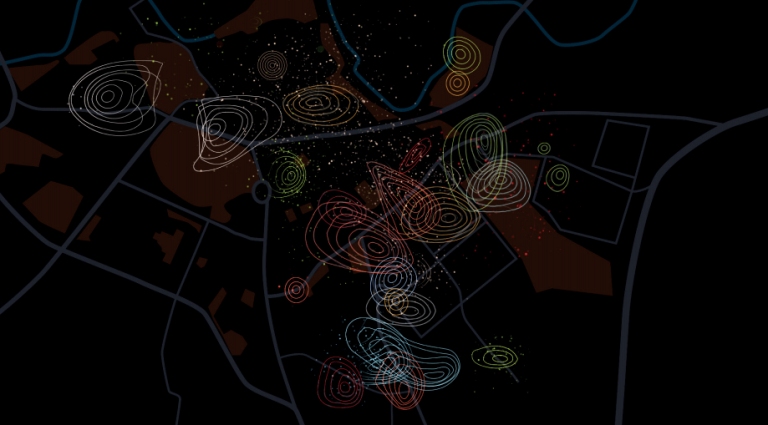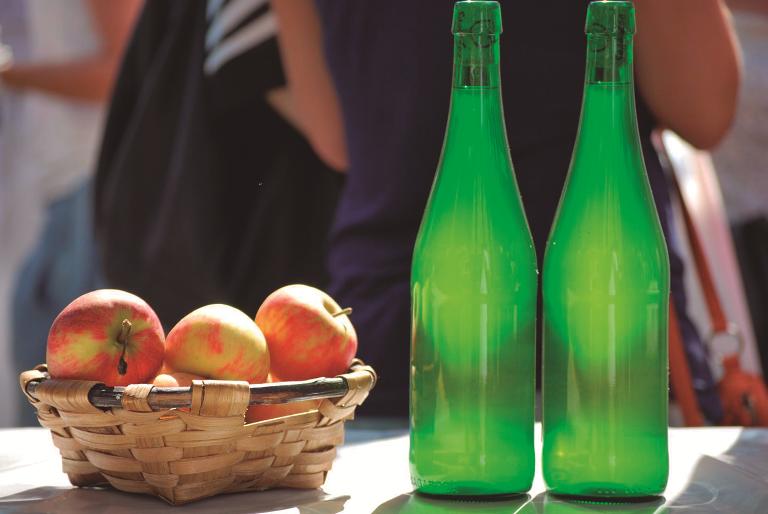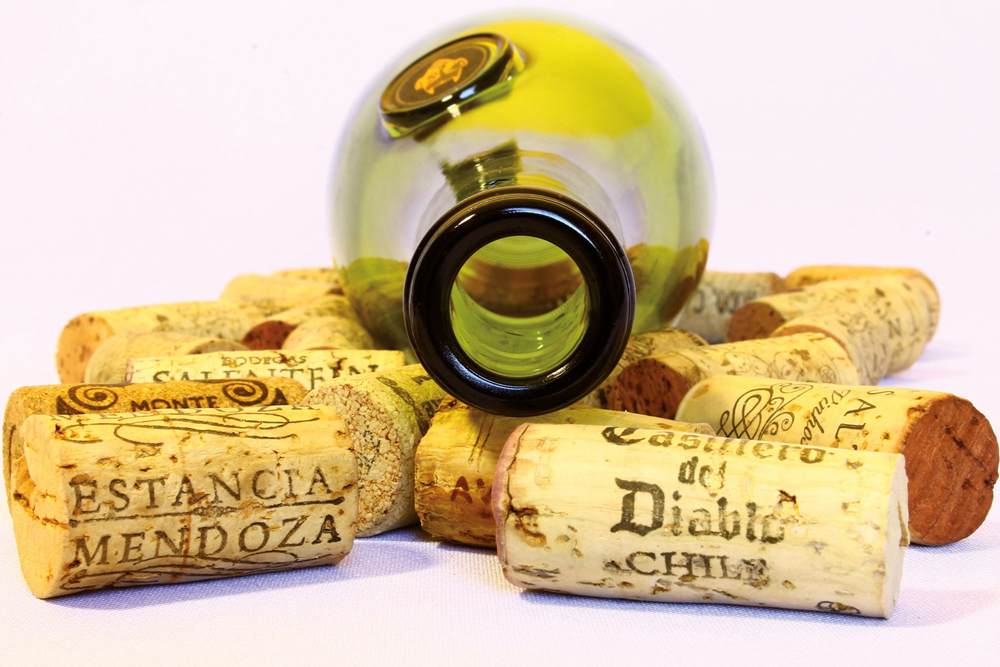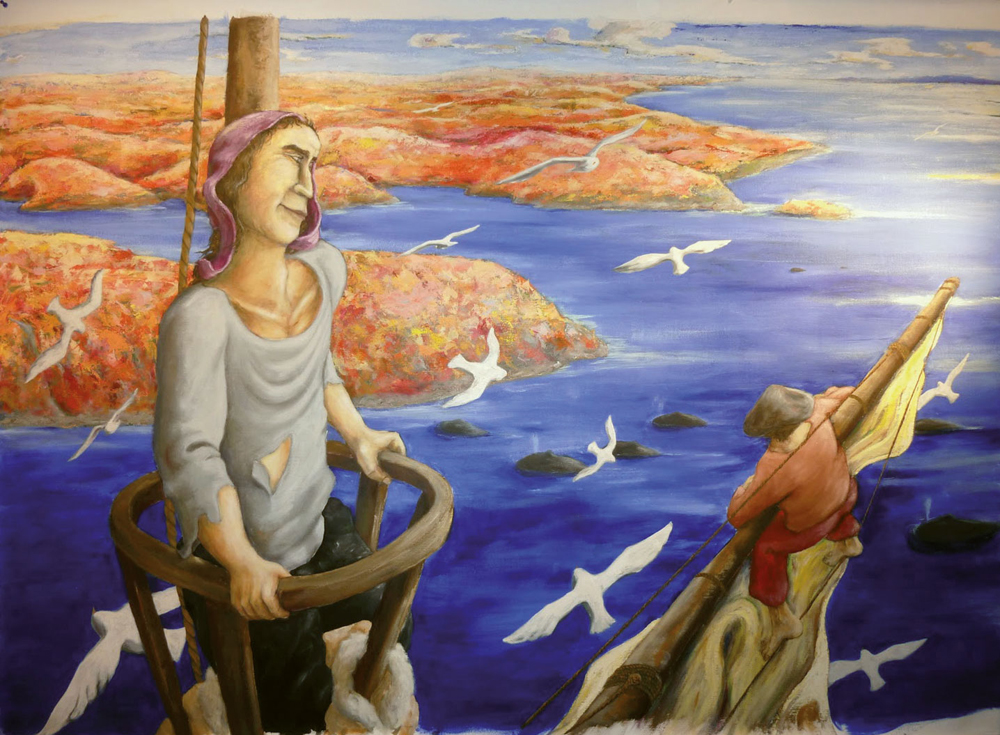Ezpeletik Espeletia
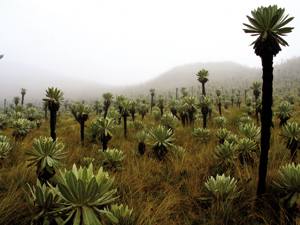
XVIII. mende amaian Hego Ameriketako iparralde osoa bere menpe zuen Espainiako erregearen ordezkotza Sevillan jaiotako (1739) eta Iruñean hildako (1823) Jose Manuel Ignacio Timoteo de Ezpeleta y Galdeanok betetzen zuen. Ederki bete ere Boliviako Andeetako Calisaya mendian Cinchona calisaya kino arbola aurkitu zutenean. 1792an hedatu zuten haren berri.
XX. mendean, 1939an, Errepublika garai sutsuan Madrilgo Baratze Botanikoaren zuzendari izan zen Josep Cuatrecasas i Arumí (1903-1996). Botanikari handien artean handienetako bat, kataluniarra eta mundu osoan ospetsua. Gerraren panorama ikusita, Prado Museoko artelanekin batera Botanikoko bildumetan jasotako landare lagin garrantzitsuenen kutxak salbatu zituen. Eta Franco diktadorea madarikatu eta hark agintzen zuen artean ez zuela sekula gehiago Espainian lan egingo zin eginez alde egin zuen. Unibertsitate entzutetsuenek, zeinek baino zeinek, eskaintza politak eginagatik hark hara! Kolonbiara joatea erabaki zuen. Lehendik bertan izana zen eta hango Ande mendi izugarrietako landaredia gustatu, nonbait. Eta joan bazen joan zen; laster igarri zion botanikak. Ordura arte ezezagunak ziren mila landare espezietik gora deskribatu eta jaso zituen. Denen artean, ordea, bi landare multzo kuttun. Txokolatea ematen duen landarearen Theobroma generoa eta Espeletiinae familia. Azken horretakoa da beraren omenez izendatutako Espeletia cuatrecasasii espeziea.
XVIII. mendeko erregeurde zen Ezpeleta Konde haren omenezko izena da Espeletiinae familia, eta beste batzuen artean bertan biltzen dira Espeletia bezala Espeletiopsis eta Coespeletia generoak. Andeetako landare enblematikoenak dira. Hango eremu mortu zakarrenetan, ia beste inork iraun ezin duen lurretan hantxe bizi dira, muturreko baldintzetan, baita 4.300 metrotik gora ere. Eguzkiak eta haizeek erretzeko arriskuari aurre egiteko hostoak, goi eta behe, iletsuak dira, bilo mehezko ilaun trinko batek estaltzen ditu.
Estatu kolonial faxista baten erregeurdea zena eta estatu faxista berak erbesteratuarazitakoa, bi lagun uztarri berera lotu zituen zorioneko ezusteko bat medio, Ameriketako landare multzo interesgarrienetako batek euskal izena darama, Espeletiinae.
Espeletiinae familia basamortu hotzen zalea zela bazekiten bi lagun horiek, Ezpeleta abizenaren jatorria, ezpela (Buxus sempervirens), hobekien lurralde hezeenetako lur gozoenetan hazten dela ba ote zekiten?
The day exceeds the night with the spring equinox. This year it happened on 20 March, at 22:59 hours, opening the door of the spring. The Eki prefix means the same thing. Until then the night had been longer. The day and night were twelve hours. Since then, the day is extended... [+]
Time has been on our line for a long time, but the climate is relatively recent. There is no need to clarify too much what climate change is. Explaining what the landscape is is a redder necessity. Conferences, round tables or international conferences on climate change are... [+]
It's time to pick up the fruits and get them on the way to the lagar. Pear (Pyrus communis), apple (Malus x domestica), grape (Vitis vinifera)... It seems a short and quick road, but you have to work a lot of rodeos and their variants until the fruit becomes must and must become... [+]
In the Basque Country, agriculture is the history of permanent colonization. Like everywhere. Before, the land was not cultivated; before, the harvest was not sown; you enjoyed what was not eaten before. They had brought it all from elsewhere. Many of these stories have been... [+]
Returning to the wines that are made with the crops, the left madreselva (Humulus lupulus) is conservative and bitter tasting aggregator. The union of crops and madreselvas produces many dirty jets, especially in beer countries. A friend has just explained to me the stories of... [+]
In our house we met him with the name of madreselva (Humulus lupulus). In fact, we have worked hard and sinister on the banks of the river in our country, coinciding with the expansion of beer. We've learned that it's also called lobster, beer, beer, wart and grass on the left... [+]
Spring has brought the issue to my nose. C. worked at various research centers in New York. Bushdid, M. Oh! Magnasco, L.B. Vosshall and A. An article published by scientists Keller in March 2014 in the prestigious “Science Magazine” produced a great stir. The title says it... [+]
The curious interannual days end, those who eat and drink from the emanations of the earth. I'll eat from the best to the best. Supposedly. Heavy champagne and cava bottles are easy to dance. Even though they are of all kinds today, they were once the cider of the other barrel... [+]









